Lab Alumni
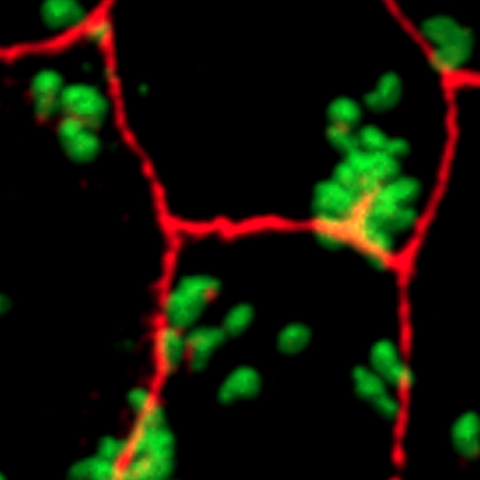
Roger Vogelmann
Former Postdoctoral Researcher
Current Position: Senior Physician at Universitätsmedizin Mannheim, Heidelberg University
Roger worked on how H. pylori affects epithelial cell polarity and the apical-junctional complex.
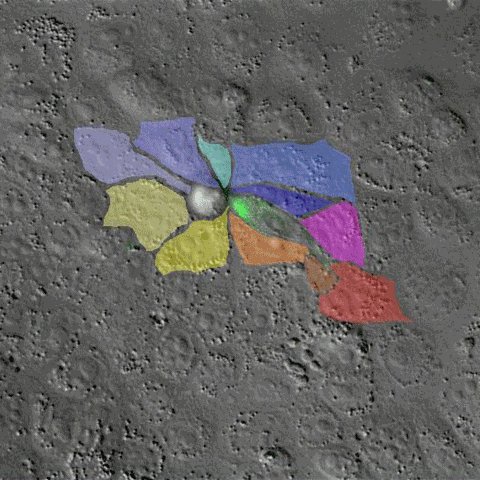
Fabio Bagnoli
Former Postdoctoral Researcher
Current Position: Senior Scientific Director at GSK (Siena, Italy)
Fabio investigated how the H. pylori virulence factor CagA perturbs epithelial cell differentiation and polarity.

Mickey Pentecost
Former Graduate Student
Current Position: Chief Executive Officer at Diadem Biotherapeutics
Mickey studied how the bacterium Listeria monocytogenes invades the intestinal epithelium. He discovered that Listeria utilize breaches in cell polarity to access its receptor E-cadherin for invasion.

Elizabeth Joyce
Former Research Scientist
Current Position: Adjunct Professor, Department of M&I at UCSF
Elizabeth explored whether Yersinia enterocolitica has a similar mode of invasion of the intestinal epithelium as what we have previously shown for Listeria monocytogenes.
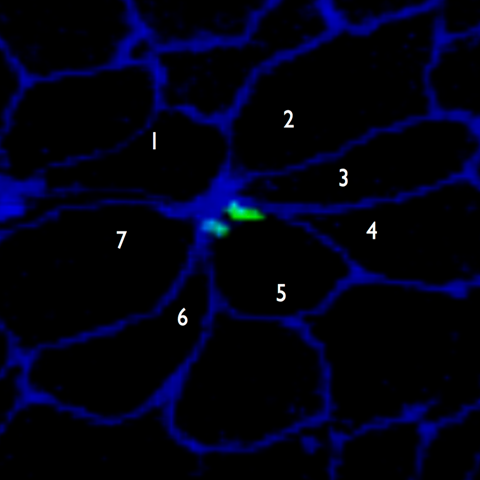
Lee Shaughnessy
Former Postdoctoral Researcher
Current Position: Senior Director of Global Regulatory Affairs at Prevail Therapeutics | Eli Lilly and Company
Lee investigated how the intestinal pathogen Yersinia enterocolitica is able to access its host receptor B1 integrin when it is normally not exposed to the apical surface in polarized epithelia.
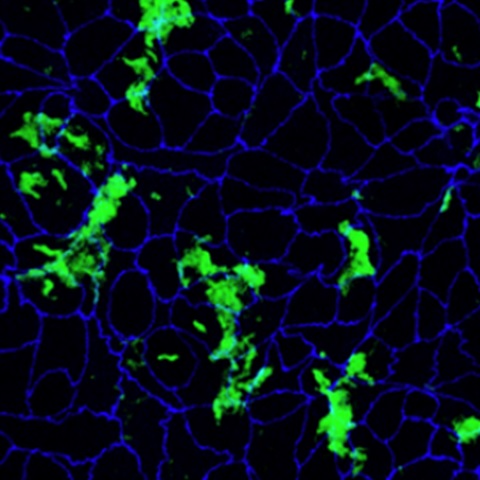
Shumin Tan
Former Graduate Student
Current Position: Assistant Professor of Molecular Biology & Microbiology at Tufts University School of Medicine
Shumin elucidated how H. pylori utilizes the cell surface as a replicative niche, and how H. pylori's virulence factors CagA and VacA directly benefit the bacterium by usurping host cell polarity and iron trafficking to enable colonization.

Michael Howitt
Former Graduate Student
Current Position: Assistant Professor of Pathology at Stanford University School of Medicine
Mike worked on chemotaxis regulatory mechanisms uniquely present in H. pylori and other Epsilonproteobacteria, and the role of chemotaxis in H. pylori colonization of the gastric glands.

Josephine Lee
Former Graduate Student
Current Position: Senior Director at 10X Genomics
Josephine developed a mouse model of H. pylori infection to look at the effects of the bacterial virulence factor CagA in vivo. Using this model, she also characterized host and bacterial factors that determine H. pylori localization in the stomach.
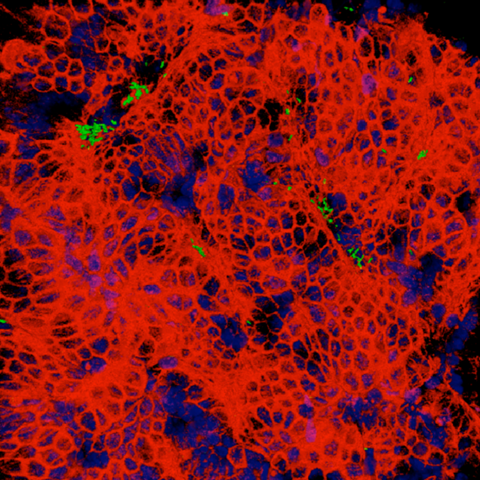
Renee Kwok
Former Research Assistant
Current Position: General Supervisor at Guardant Health
Renee assisted Josephine Lee in characterizing a mouse model of H. pylori infection.

Diane Houben
Former Postdoctoral Researcher
Current Position: Qualified Person at MSD
Diane used electron microscopy to visualize the interface of H. pylori's Type IV secretion system with the host cell surface.
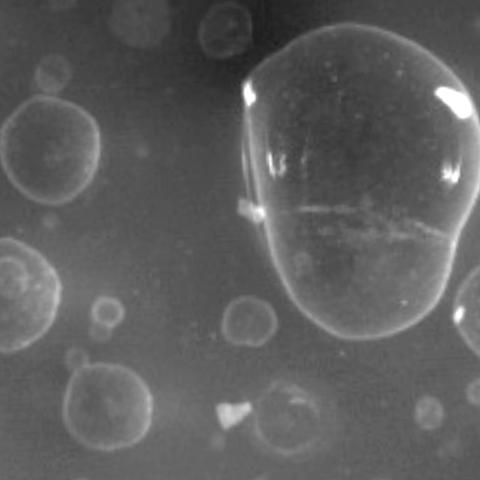
Ryan Honaker
Former Postdoctoral Researcher
Current Position: Director of R&D at KatKin
Ryan studied H. pylori's response to epithelial cell adherence, and was developing a primary murine organoid gastric cancer model to study H. pylori infection.

Michael Sigal
Former Postdoctoral Researcher
Current Position: Senior Physician at Charite University Berlin and Group Leader at Berlin Institute for Medical Systems Biology (BIMBS), MDC Berlin
Michael used a mouse model of H. pylori infection to discover that bacteria can colonize and activate gastric epithelial stem cells.
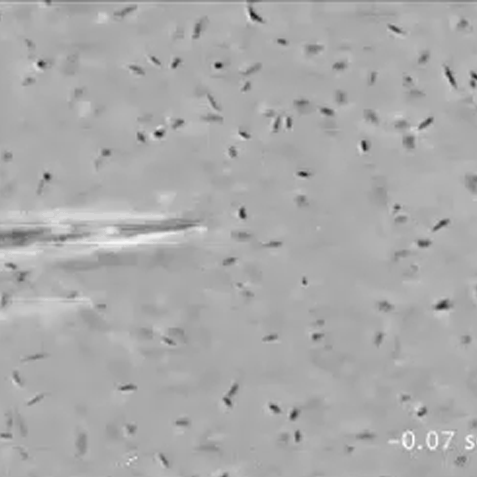
Julie Huang
Former Graduate Student
Current Position: Staff Scientist at Alector
Julie studied the mechanisms that H. pylori uses to sense key signals in the stomach to find a specialized niche in the gastric epithelium where it can survive.

Lauren Popov
Former Graduate Student
Current Position: Associate at Westlake BioPartners
Lauren investigated how components of the host cellular adherens junctions control susceptibility to the Staphylococcus aureus virulence factor, α-toxin.
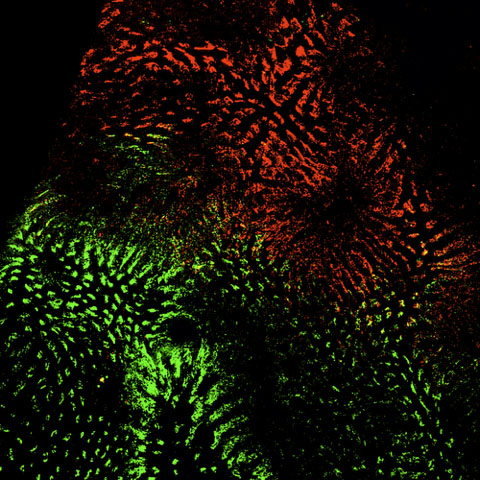
Connie Fung
Former Graduate Student
Current Position: Senior Scientist (Inflammation) at Gilead Sciences
Connie developed novel tools to visualize how gland-associated H. pylori populations establish, spread, and persist within the gastric mucosa, and found that the gland niche is important for chronic colonization.

Julia Co
Former Postdoctoral Researcher
Current Position: Senior Principal Scientist at Genentech
Julia developed reversed polarity human enteroids as a new model to study epithelial infections by microbes including Salmonella enterica and Listeria monocytogenes.

Mar Margalef-Catala
Former Postdoctoral Researcher
Current Position: Product Application Scientist at LevitasBio
Mar created a model of infection using the reversed human gastric organoids to study H.pylori colonization of the stomach epithelium. At the same time, she reversed the polarity of lung organoids to facilitate the study of SARS-CoV2 virus and Pseudomonas aeruginosa infections.

Roger Vogelmann
Former Postdoctoral Researcher
Current Position: Senior Physician at Universitätsmedizin Mannheim, Heidelberg UniversityRoger worked on how H. pylori affects epithelial cell polarity and the apical-junctional complex.

Fabio Bagnoli
Former Postdoctoral Researcher
Current Position: Senior Scientific Director at GSK (Siena, Italy)Fabio investigated how the H. pylori virulence factor CagA perturbs epithelial cell differentiation and polarity.

Mickey Pentecost
Former Graduate Student
Current Position: Chief Executive Officer at Diadem BiotherapeuticsMickey studied how the bacterium Listeria monocytogenes invades the intestinal epithelium. He discovered that Listeria utilize breaches in cell polarity to access its receptor E-cadherin for invasion.

Elizabeth Joyce
Former Research Scientist
Current Position: Adjunct Professor, Department of M&I at UCSFElizabeth explored whether Yersinia enterocolitica has a similar mode of invasion of the intestinal epithelium as what we have previously shown for Listeria monocytogenes.

Lee Shaughnessy
Former Postdoctoral Researcher
Current Position: Senior Director of Global Regulatory Affairs at Prevail Therapeutics | Eli Lilly and CompanyLee investigated how the intestinal pathogen Yersinia enterocolitica is able to access its host receptor B1 integrin when it is normally not exposed to the apical surface in polarized epithelia.

Shumin Tan
Former Graduate Student
Current Position: Assistant Professor of Molecular Biology & Microbiology at Tufts University School of MedicineShumin elucidated how H. pylori utilizes the cell surface as a replicative niche, and how H. pylori's virulence factors CagA and VacA directly benefit the bacterium by usurping host cell polarity and iron trafficking to enable colonization.

Michael Howitt
Former Graduate Student
Current Position: Assistant Professor of Pathology at Stanford University School of MedicineMike worked on chemotaxis regulatory mechanisms uniquely present in H. pylori and other Epsilonproteobacteria, and the role of chemotaxis in H. pylori colonization of the gastric glands.

Josephine Lee
Former Graduate Student
Current Position: Senior Director at 10X GenomicsJosephine developed a mouse model of H. pylori infection to look at the effects of the bacterial virulence factor CagA in vivo. Using this model, she also characterized host and bacterial factors that determine H. pylori localization in the stomach.

Renee Kwok
Former Research Assistant
Current Position: General Supervisor at Guardant HealthRenee assisted Josephine Lee in characterizing a mouse model of H. pylori infection.

Diane Houben
Former Postdoctoral Researcher
Current Position: Qualified Person at MSDDiane used electron microscopy to visualize the interface of H. pylori's Type IV secretion system with the host cell surface.

Ryan Honaker
Former Postdoctoral Researcher
Current Position: Director of R&D at KatKinRyan studied H. pylori's response to epithelial cell adherence, and was developing a primary murine organoid gastric cancer model to study H. pylori infection.

Michael Sigal
Former Postdoctoral Researcher
Current Position: Senior Physician at Charite University Berlin and Group Leader at Berlin Institute for Medical Systems Biology (BIMBS), MDC BerlinMichael used a mouse model of H. pylori infection to discover that bacteria can colonize and activate gastric epithelial stem cells.

Julie Huang
Former Graduate Student
Current Position: Staff Scientist at AlectorJulie studied the mechanisms that H. pylori uses to sense key signals in the stomach to find a specialized niche in the gastric epithelium where it can survive.

Lauren Popov
Former Graduate Student
Current Position: Associate at Westlake BioPartnersLauren investigated how components of the host cellular adherens junctions control susceptibility to the Staphylococcus aureus virulence factor, α-toxin.

Connie Fung
Former Graduate Student
Current Position: Senior Scientist (Inflammation) at Gilead SciencesConnie developed novel tools to visualize how gland-associated H. pylori populations establish, spread, and persist within the gastric mucosa, and found that the gland niche is important for chronic colonization.

Julia Co
Former Postdoctoral Researcher
Current Position: Senior Principal Scientist at GenentechJulia developed reversed polarity human enteroids as a new model to study epithelial infections by microbes including Salmonella enterica and Listeria monocytogenes.

Mar Margalef-Catala
Former Postdoctoral Researcher
Current Position: Product Application Scientist at LevitasBioMar created a model of infection using the reversed human gastric organoids to study H.pylori colonization of the stomach epithelium. At the same time, she reversed the polarity of lung organoids to facilitate the study of SARS-CoV2 virus and Pseudomonas aeruginosa infections.